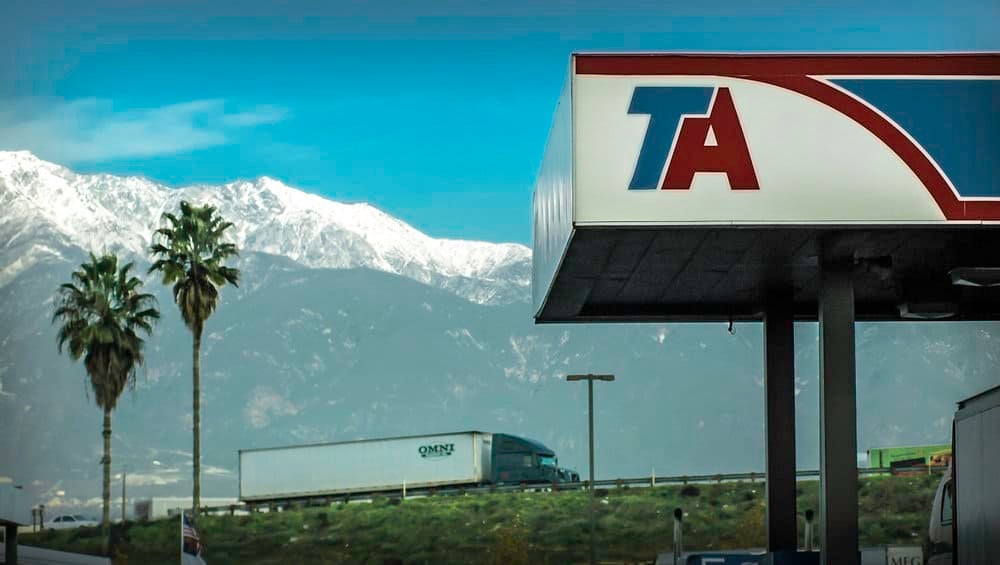The United States is in the midst of a building boom for industrial space as the logistics market struggles to accommodate surging e-commerce demand. U.S. warehouse vacancy in the fourth quarter of 2018 reached its lowest level since 2000, requiring shippers to rapidly expand their ability to store and distribute products.
This tight market for warehouse space has caused warehouse rent in every urban area of the U.S. to reach an all-time high, according to FreightWaves SONAR. Only seven percent of space for industrial storage was vacant in the fourth quarter, real estate broker CBRE reported. Vacancy rates have declined for more than 34 consecutive quarters (since the third quarter of 2009), according to CBRE. This marks the longest drop in vacancy rates since CBRE began recording them.
According to a report from Jones Lang LaSalle, these are the five urban centers that are building the most new warehouse space in the U.S.
5. Chicago

Developers in Chicago are currently building new storage capacity of over 10 million square feet. The city has the largest inventory of industrial space of U.S. urban areas at over one billion square feet, far exceeding that of Los Angeles (just over 800 million square feet). Chicago also had the largest net absorption at over 16 million square feet. Suffice to say, the City needs warehouses.
4. Atlanta

The Atlanta Business Chronicle reported that developers’ move to build 18 million additional square feet of warehouse space in the metro Atlanta area is an effort to attract investment from major retailers such as Amazon (AMZN: NASDAQ) and Home Depot (HD: NYSE). The Atlanta area has the second-highest net absorption at 15 million square feet, but ranks sixth in terms of vacancy.
3. East/Central Pennsylvania

Developers in the freight region encompassing Allentown and Philadelphia are building 19 million additional square feet of storage area. Compared to other urban areas in the Northeast region, East/Central Pennsylvania is building three times as much space as New Jersey, and almost 10 times as much as Baltimore. New Jersey only has 3.1 percent vacancy in industrial storage, so East/Central Pennsylvania may become more competitive.
2. Dallas/Fort Worth

Dallas/Fort Worth (DFW) added the second-largest amount of industrial storage in the United States, almost 24 million square feet. The Bureau of Economic Analysis found that Texas is the fastest-growing state economy in the nation, attaining six percent growth in the second quarter of 2018. Accordingly, the DFW statistical area is the second-fastest growing major metropolitan market in the United States after San Jose. This economic surge has led to DFW having the third-largest net absorption of inventory at over 15 million square feet.
1. Inland Empire, California

Developers in the Inland Empire region of California, which includes the cities of Ontario, Riverside and San Bernardino, and has a metropolitan population of over four million people, are currently building over 28 million square feet of warehousing. This addition to the region’s 562 million square feet of space is the largest contribution to the overall amount of new industrial storage under construction. Currently, warehouse rents in Ontario, California are just under $5 per square foot, $2 cheaper than space in Los Angeles.
The Ports of Los Angeles and Long Beach are having trouble accommodating the volume of goods coming in. Los Angeles alone handled a record 8.8 million cargo containers in 2017, up from 8.5 million in 2015, according to the Los Angeles Times. There is only 1.7 percent vacancy in industrial space in the Los Angeles area. CBRE broker Kurt Strasmann told the Times that the Inland Empire is one of the few regions that has enough room to build the warehouse space necessary for this growth in imports. The new development has attracted high levels of investment from major real-estate firms such as the Rockefeller Group, which according to the Times plans to spend $110 million on two facilities – one will contain over one million square feet in space – to be built outside of Riverside.
FreightWaves SONAR tracks the price and employment markets for warehouses in many regions of the U.S. Over one million Americans now work in the warehouse and storage industry, an increase of 71 percent since December 2009 and an increase of 162 percent since 1990.











